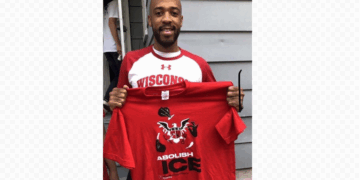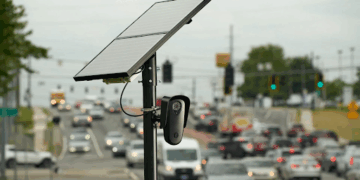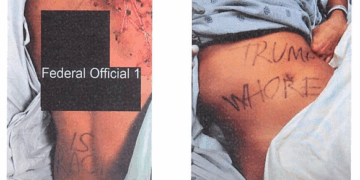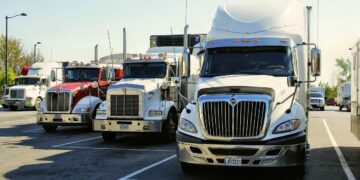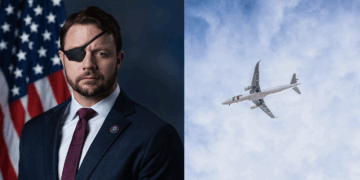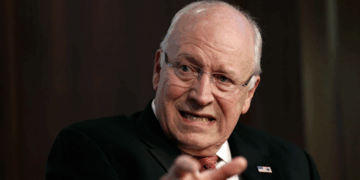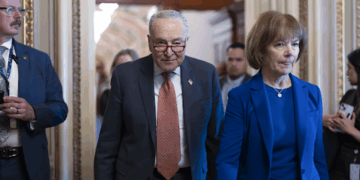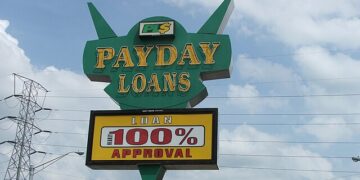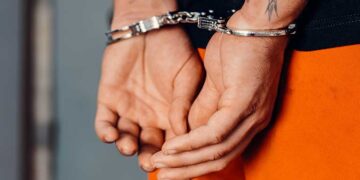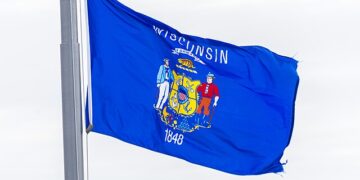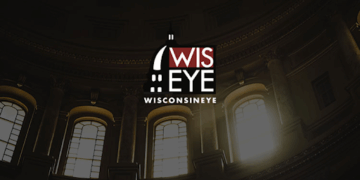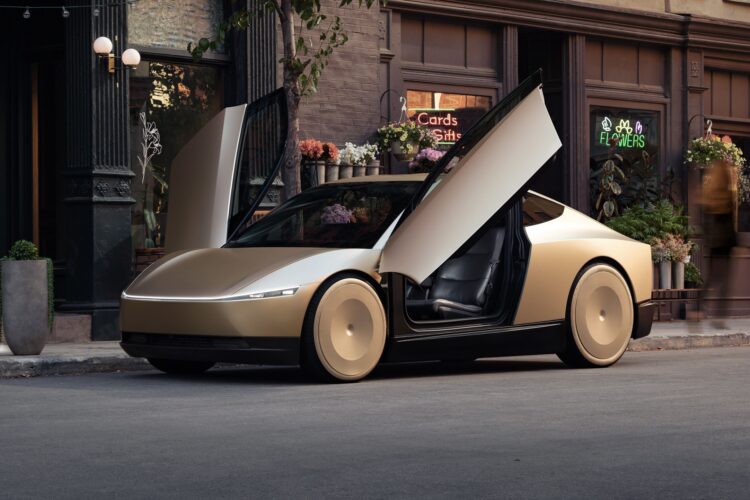Elon Musk took the stage recently to share his latest vision of an “autonomous future,” introducing several new Tesla innovations, including the highly anticipated robotaxi, now named the Cybercab. The event comes at a crucial time for Tesla, following declines in sales and profits during the first half of 2024. Musk’s presentation aimed to restore investor confidence and reposition Tesla as a leader in autonomous technology.
During the showcase, Musk arrived on stage in a working Cybercab, a vehicle designed to operate entirely without human input—lacking both pedals and a steering wheel. Powered through inductive charging, the Cybercab is slated to begin production in 2026, with an initial price tag under $30,000. While Musk acknowledged his tendency to set overly ambitious deadlines, he promised that the vehicle would be available to the public within two years.
Musk also announced that Tesla’s Full Self-Driving (FSD) software would be expanded to all existing Tesla models. He hinted that these vehicles could receive unsupervised driving capabilities as soon as 2025, giving owners access to autonomous driving technology without needing new purchases.
Adding to Tesla’s portfolio, Musk revealed a prototype of the “Robovan,” a larger self-driving vehicle designed for both passenger and cargo transport. Capable of carrying up to 20 people, the Robovan highlights Tesla’s ambition to expand beyond personal vehicles into commercial transit. However, Musk shared fewer details about this product’s development timeline.
Despite the many announcements, several anticipated products were notably absent. Musk did not discuss Tesla’s rumored low-cost vehicle, a model that had been expected to rival budget-friendly electric cars. Additionally, there was no mention of the Tesla Semi, raising questions about whether it will benefit from the company’s upcoming FSD updates.
Musk outlined his vision of an autonomous future, where customers could operate fleets of Cybercabs for personal ridesharing businesses. However, regulatory challenges remain a significant hurdle. Tesla has not yet secured permits for fully driverless testing, which could restrict the rollout of the Cybercab. California, a key market for Tesla, has only authorized a handful of companies—such as Waymo and Mercedes-Benz—for driverless operations, limiting Tesla’s testing opportunities.
Complicating matters, safety concerns have heightened regulatory scrutiny. For example, the self-driving division of General Motors, Cruise, recently lost permission to operate autonomous vehicles in California after an incident involving a pedestrian.
Musk’s ambitious timeline for introducing fully autonomous features could also face regulatory pushback. He envisions Tesla vehicles eventually reaching Level 5 autonomy, where passengers can ride without any need to monitor the road. Currently, U.S. regulators only recognize Mercedes-Benz’s Level 3 Drive Pilot system, which still requires some driver oversight. Tesla’s current FSD software remains at Level 2, meaning drivers must remain alert at all times.


